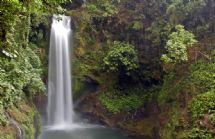Geologists find a literal hotbed of activity at Turrialba Volcano
Turrialba Volcano erupting
As a country that houses more than a dozen volcanoes in its innumerable national parks and reserves, Costa Rica has long been a coveted destination for emerging and established geologists hoping to gain a better understanding of the nature of volcanic eruptions and perhaps predict the future of the Central American nation's own volcanic system. Those predictions could become invaluable in the not-too-distant future, as many of Costa Rica's volcanoes seem to have become more active in the past years, culminating in the January 6th, 2010 eruption of Turrialba volcano.
Turrialba Volcano
Named for the region in Cartago in which it is found, Turrialba Volcano is a sizable stratovolcano that stands nearly 11,000 feet tall and features three large craters that had long been celebrated by scientists for their fumaroles and steaming sulfur pits. Normally a popular tourist destination in the area due to its rich biodiversity, epic scenery and serene environment, Turrialba is now the refuge of scientists, national park workers and volcanic researchers hoping to get a handle on the situation before the volcano can present a threat to nearby towns like San Jose.
First Eruption
This was the first eruption for Turrialba volcano in more than a century, and officials were not taking chances with the community's safety, as the Tico Times reports around 25 people from nearby communities were required to evacuate the area until it was deemed safe.
Since the incident in January 2010, Turrialba Volcano has been relatively dormant prompting authorities monitoring the situation to lower the initial risk factor from "low" to "intense" seismic activity. However, officials are still waiting to allow visitors to return to Turrialba Volcano National Park until it is officially cleared by local authorities at El Observatorio Vulcanológico y Sismológico de Costa Rica at The Universidad Nacional.
While the volcano has not been magmatic in roughly 150 years, local and international geologists and seismologists are excited at the prospect of studying the quite active volcano. In the months since the eruption, activity has been limited to fumaroles, isolated shifts in the seismic readings for the region and plumes of smoke, though authorities have not hinted at any chance of a second eruption in the coming months.
Though travelers will have to wait until the Costa Rican government gives official clearance to visit the volcano itself, Turrialba remains a vibrant part of the natural scenery in Cartago and a sight to behold.
7 Days / 6 Nights
Starting at $978 per person
10 Days / 9 Nights
Starting at $1,440 per person
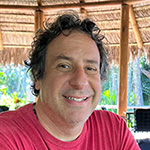



.jpg)
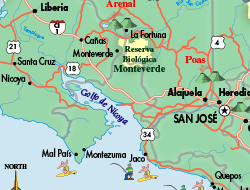
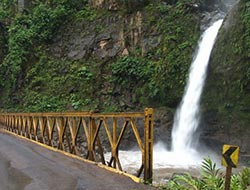
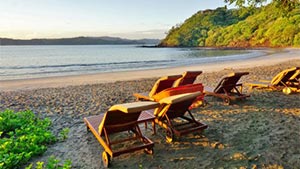
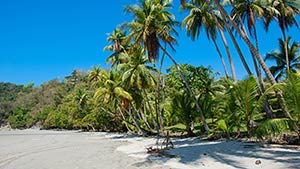
.jpg)

